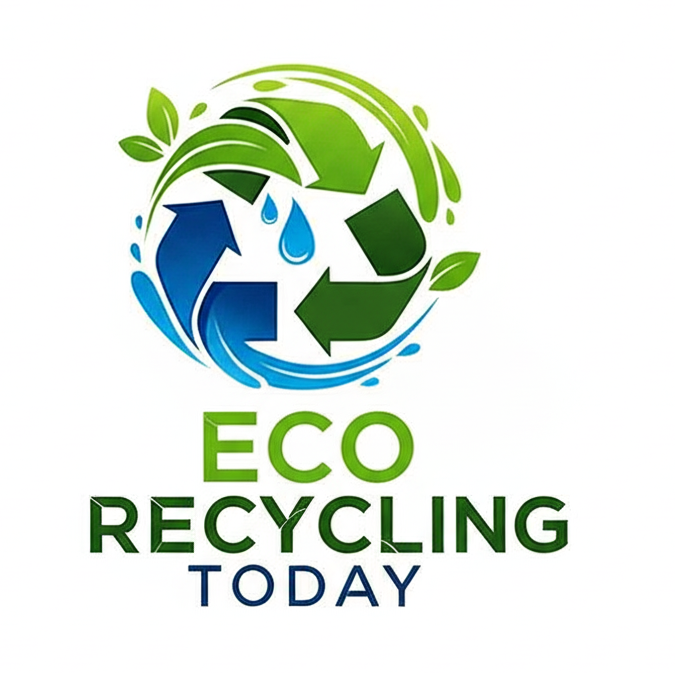Water is one of the most precious natural resources on Earth—but it's also one of the most wasted. According to the United Nations, over 2 billion people live in countries experiencing high water stress. Recycling water is a cost-effective and eco-friendly way to conserve this vital resource. Whether you're managing a home, office, or facility, these 10 water recycling strategies, backed by real data, can help reduce waste and lower bills.
1. Install a Greywater Recycling System
Greywater makes up 60–75% of the total wastewater from households. By installing a greywater system, you can reuse water from showers, sinks, and washing machines for:
- Irrigation
- Toilet flushing
- Outdoor cleaning
A well-designed system can reduce household water consumption by 30–50%.
2. Reuse Laundry Water for Toilet Flushing
A single load of laundry uses 15–45 gallons (56–170 liters) of water. Diverting rinse-cycle water to flush toilets—typically the largest indoor water user in homes—can save up to 5,000 gallons annually per household.
3. Collect Kitchen Sink Water for Plants
Washing vegetables or dishes can use 2–5 gallons per minute. Instead of letting that water go down the drain, collect it in a basin or bucket for:
- Watering plants
- Mopping floors
This simple practice can save up to 2,000 gallons/year for a household of four.
4. Harvest Rainwater
An average 1,000 sq. ft. roof can collect 600 gallons of rainwater per 1 inch of rain. Rainwater harvesting is ideal for:
- Garden irrigation
- Vehicle washing
- Outdoor cleaning
In areas with 30 inches of annual rainfall, that’s 18,000 gallons/year of potential savings.
5. Use a Hot Water Recirculation System
Americans waste 1 to 3 gallons of water per shower waiting for it to heat up. A recirculation system:
- Saves time and water
- Reduces energy bills
- Can pay for itself in 2–3 years
6. Collect Water from Air Conditioners
An AC unit can produce 5–20 gallons/day of condensate in humid conditions. That water is:
- Clean
- Free of minerals
- Great for plants or cleaning
For businesses, this can mean thousands of gallons/month reclaimed.
7. Capture Cold Shower Water
If 1 gallon of cold water is wasted per shower and a family of 4 showers daily, that’s 1,460 gallons/year wasted. Simply placing a bucket in the shower to collect this water can dramatically cut down on waste.
8. Reuse Aquarium Water
Old fish tank water is rich in nitrogen and phosphorus, acting as a natural fertilizer. Instead of pouring it down the drain, reuse it on:
- Lawns
- Flower beds
- Indoor plants
It’s eco-friendly and reduces the need for chemical fertilizers.
9. Use Dishwater for Non-Edible Plants
If you hand-wash dishes using biodegradable soap, that greywater can be reused in landscaping. One dishwashing session can use 10–20 gallons of water—water that can easily be repurposed.
10. Reuse Mop Water for Outdoor Cleaning
Cleaning patios, driveways, or garage floors doesn't require fresh water. Slightly dirty mop water (free from harsh chemicals) can be repurposed, reducing water usage for outdoor maintenance tasks.
According to the EPA, the average American family uses more than 300 gallons of water per day—much of it unnecessarily wasted. By adopting these 10 water recycling methods, households and businesses can save thousands of gallons per year, reduce utility costs, and make a meaningful impact on environmental sustainability.
